Venus
Jupiter & Venus are in conjunction now, next time this happens will be in 2032. Imaging our sister planet is very hard but it’s a good excuse for me to take out the 8 inch dob and go old-school planetary mode.

Jupiter & Venus are in conjunction now, next time this happens will be in 2032. Imaging our sister planet is very hard but it’s a good excuse for me to take out the 8 inch dob and go old-school planetary mode.

This globular cluster is traveling above our galactic plane, some 33.000 light years away from earth.
It is estimated to have around half a million stars in it.
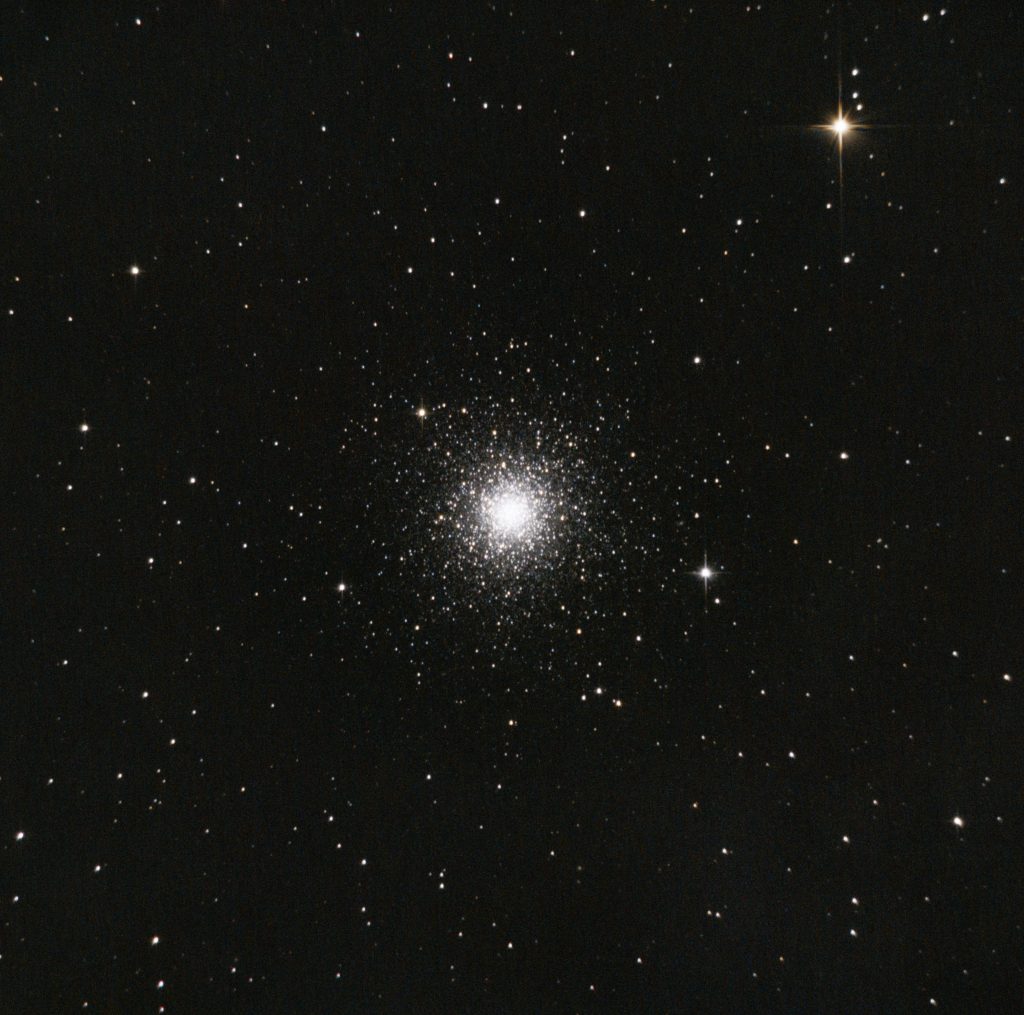
After months of research I decided to go for the ZWO 533 MCP as my final camera for EAA. It took me a while to get everything running and I struggled for two nights with:
I will not share a picture of the final setup because some of it is a bit embarrasing, such as the duct tape I used to stick the ASIAIR to the tripod;
The results for EAA area really good, considering my balancing, polar alignment, leveling and camera settings were all -to say the least- a bit experimental.
I don’t have a coma corrector but I still might try to take some longer exposures in the future.
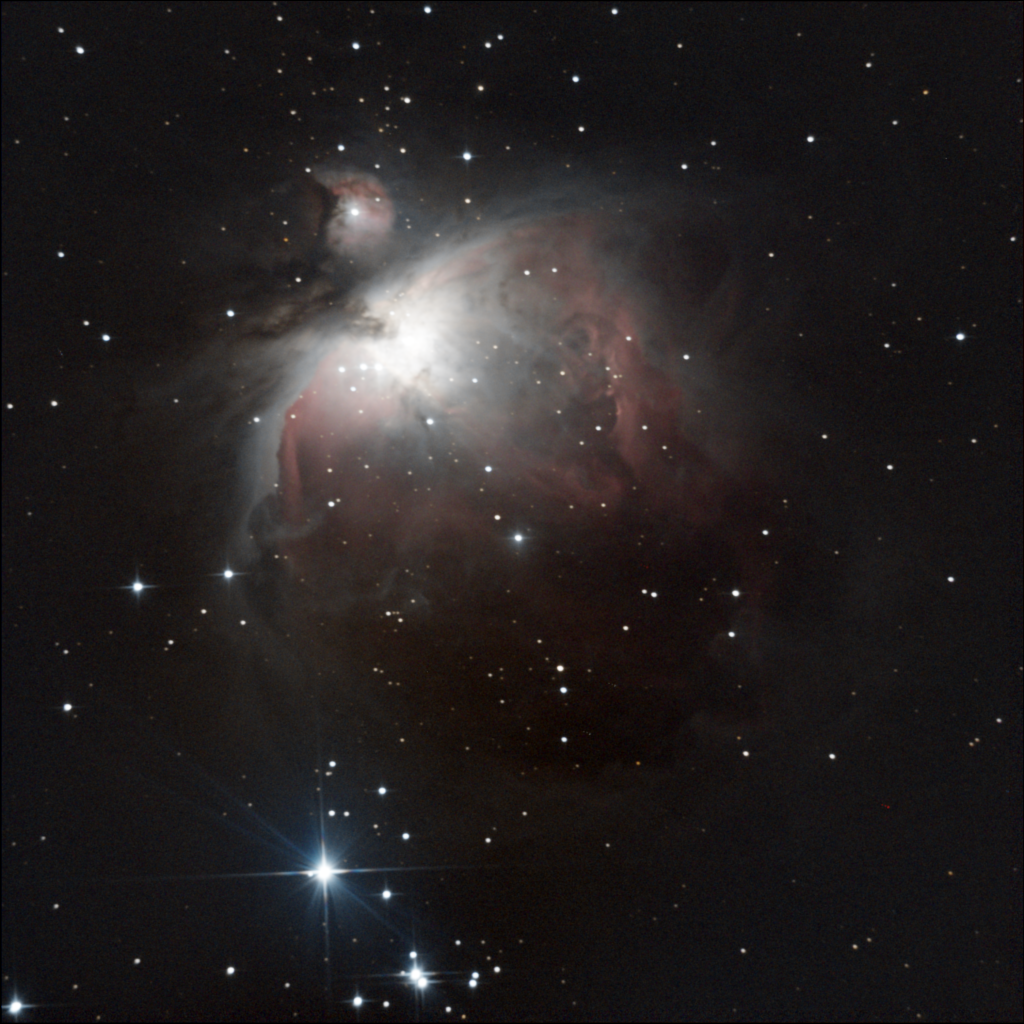
The long wait was rewarded yesterday with a clear night, stable amtmosphere and not a drop of dew.
Comet C/2022 E3 ZTF is coming closer now and I hope to track it for a longer time on my next session.

We still didn’t get a clear night since that last great session at the end of November. It seems Europe is in a constant state of cloudiness. I still decided to set up the EAA rig yesterday, despite a full moon, medium to high clouds and horrible seeing.
Galaxy season is around the corner and I spent most of the night looking at the faint smudges around Ursa Major, Coma Berenices, Leo and deep in the night even Virgo. You could probably spend a few lifetimes only observing all the galaxies in just that part of the sky.
Livestacking in such conditions is not really worth it but I still had a go and included a first look at M51.
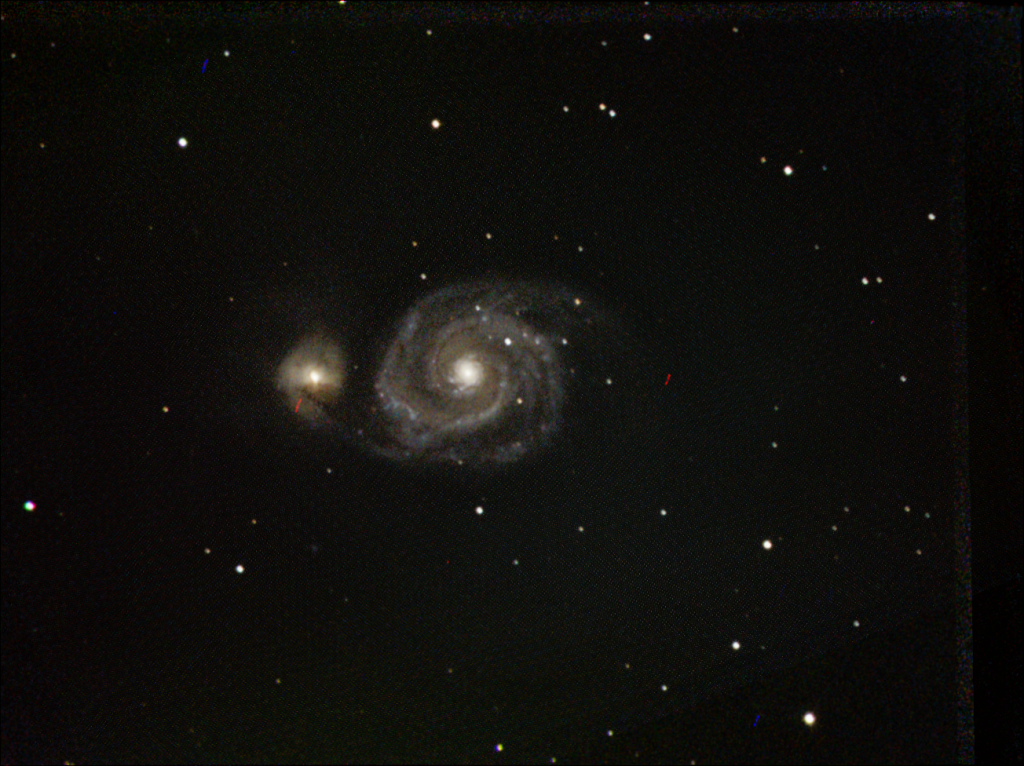
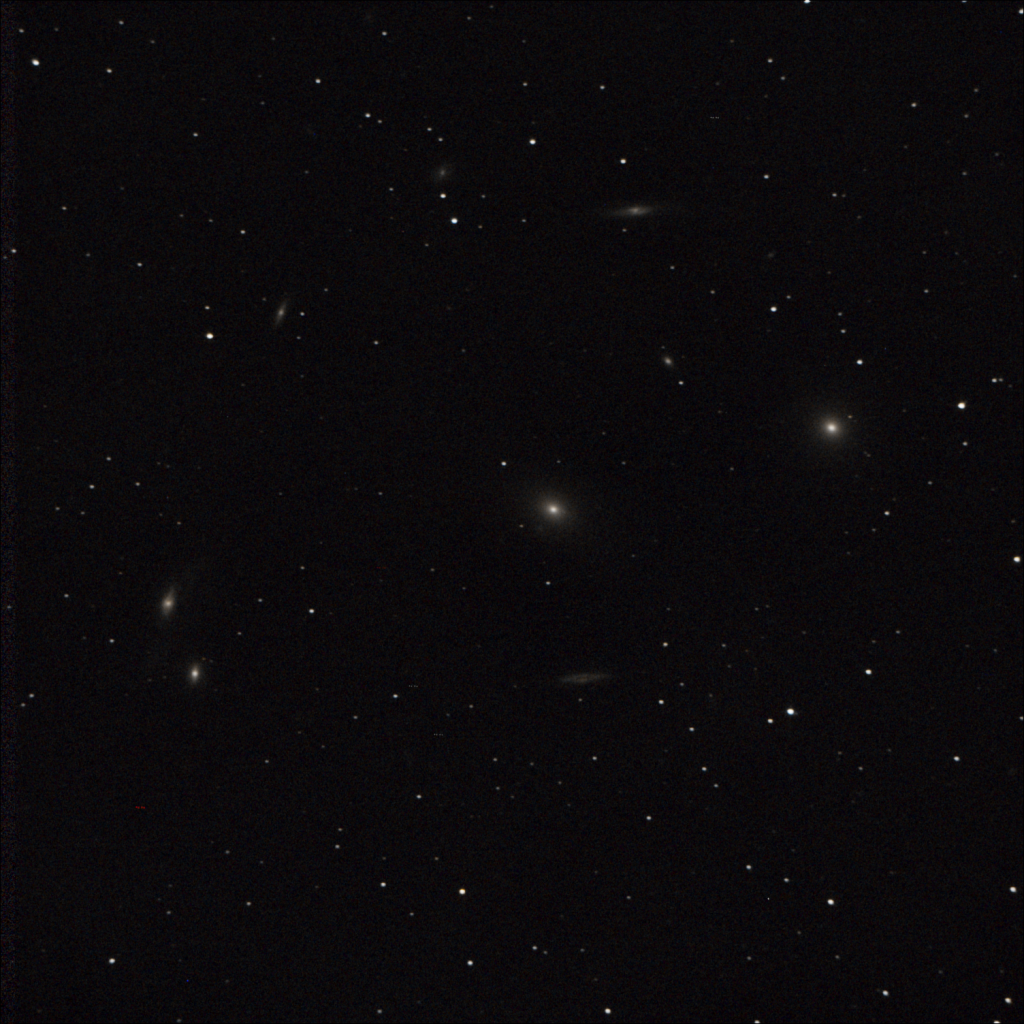
Did a long session and started to add dark frames in some of the pictures to get rid of the amp glow.
This was the perfect EAA night with clear skies from 4PM till 2 AM. I observed many of my favorite objects such as the Iris Nebula, a couple globular clusters and Hubble’s variable nebula.
By 1 AM there was a decent layer of frost on the scope. It’s getting cold AF.
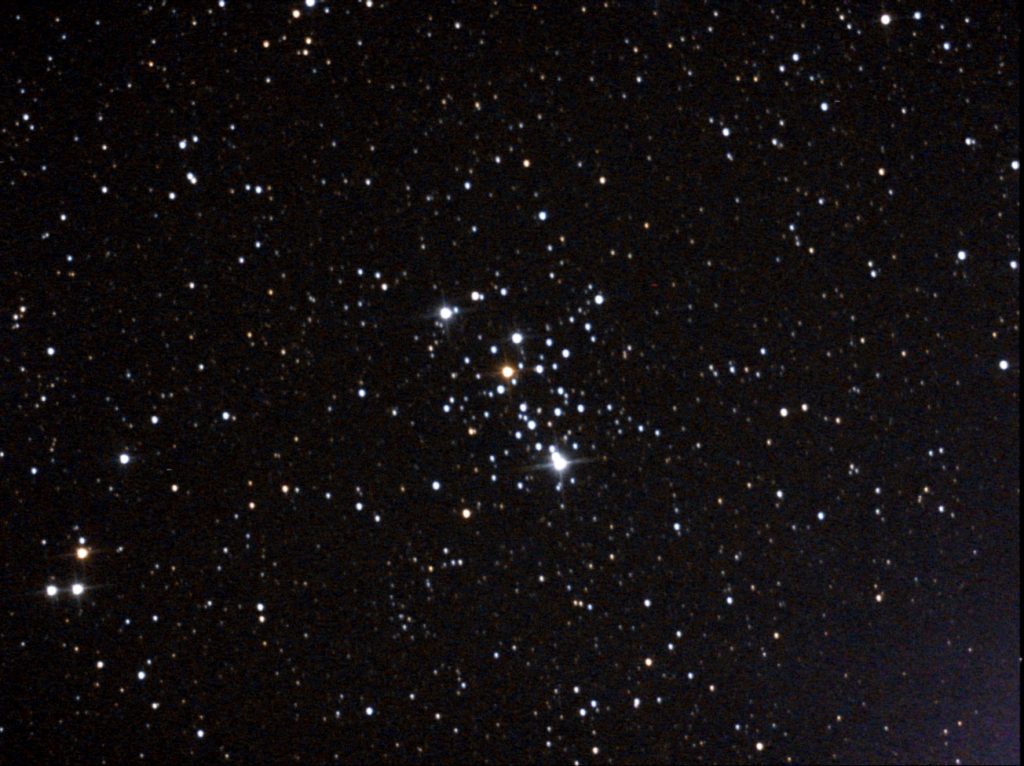
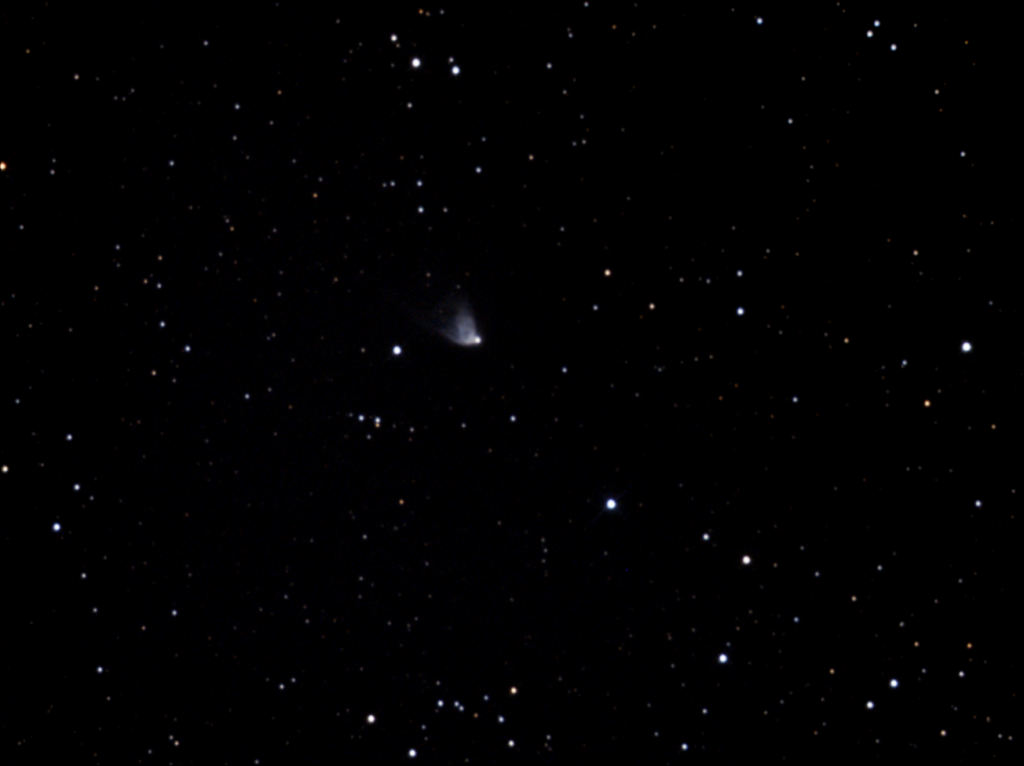
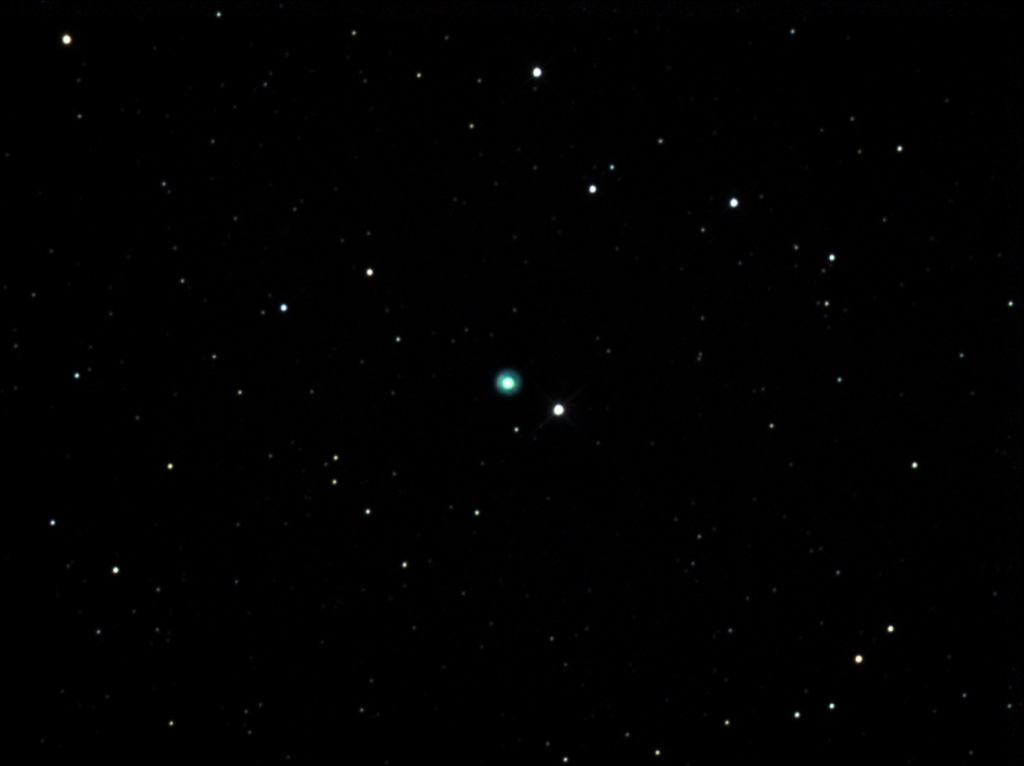
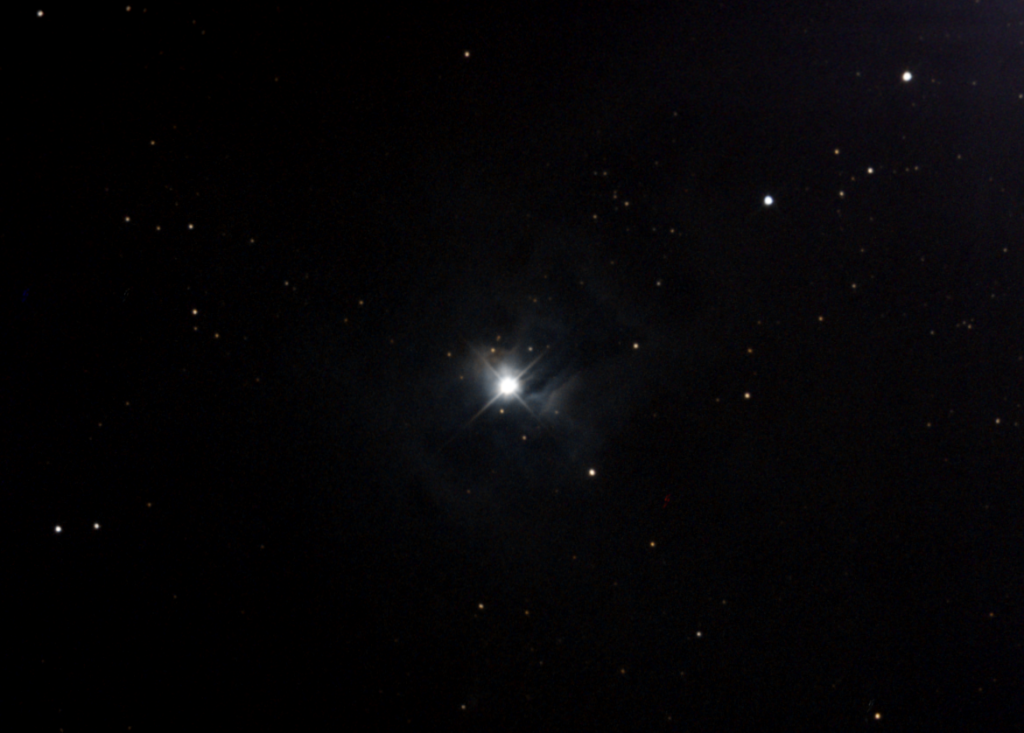
I’ve been pondering for weeks whether to buy an Asiair. I really like sitting outside with my laptop directly connected to the camera and sharpcap for livestacking but it’s getting cold and there’s something about observing the skies from my warm home that is hard to beat.
The main alternatives are:
I bought the asiair with an EQmod cable to connect directly to the mount.
So how about this Asisair? It’s small and light, which is nice and it works out of the box. Focusing, polar aligning, controling the mount, everything works. The only thing I struggle with is the wifi signal, so I had to take refuge in the laundry room to stay close to the scope. Something I’ll have to figure out because the vibrations of the washing machine made me doubt the tracking of the scope on the live view.
I will also need to start adding calibration frames to my images. Maybe it’s just me but I think I had less noise with sharpcap.
Here are a few of my livestacks. M76 or ‘the little dumbbell nebula” is the most intriguing.



My goal tonight was to hunt down a few more Messier objects. I managed to get my platesolving working but only got good accuracy in Cassiopeia for some reason. All good, it’s a wonderful place to get lost.


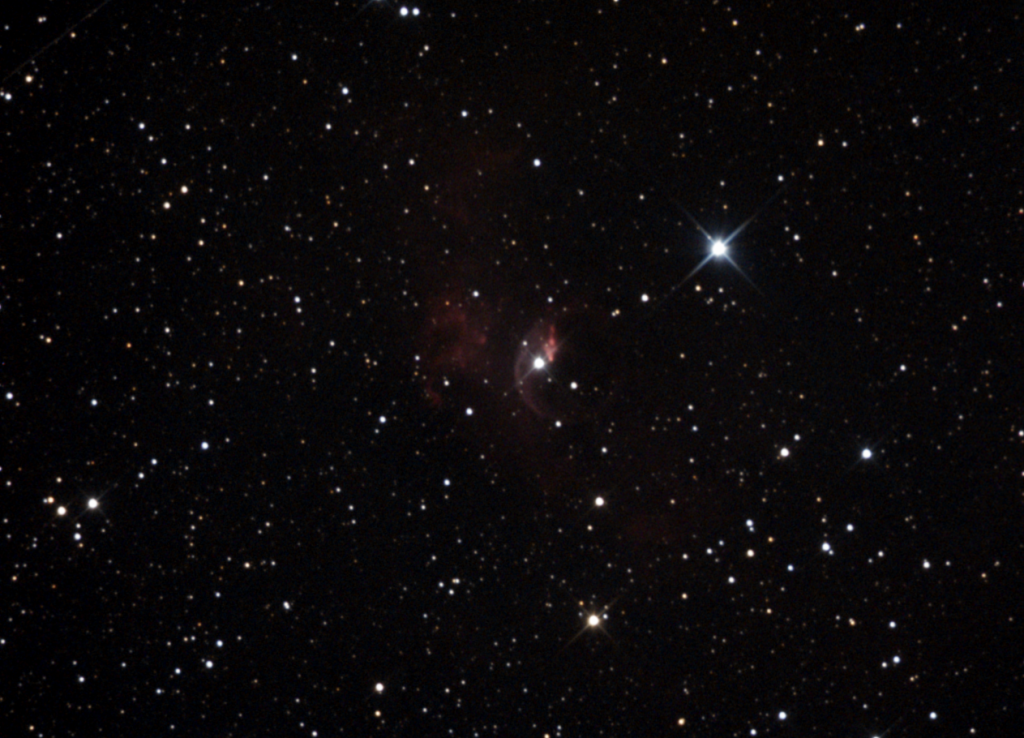
Clear skies from 5 PM onwards so I made a very ambitious plan to observe multiple targets. Had some issues with polar aligning and GOTO but managed to observe:
The Crab Nebula, Orion Nebula, Bode’s Galaxy, Cigar Galaxy, Messier 103, Messier 32, and as a nice bonus: Messier 77 aka Cetus A.
The mind boggling distance of Cetus A is 47 million light-years.




